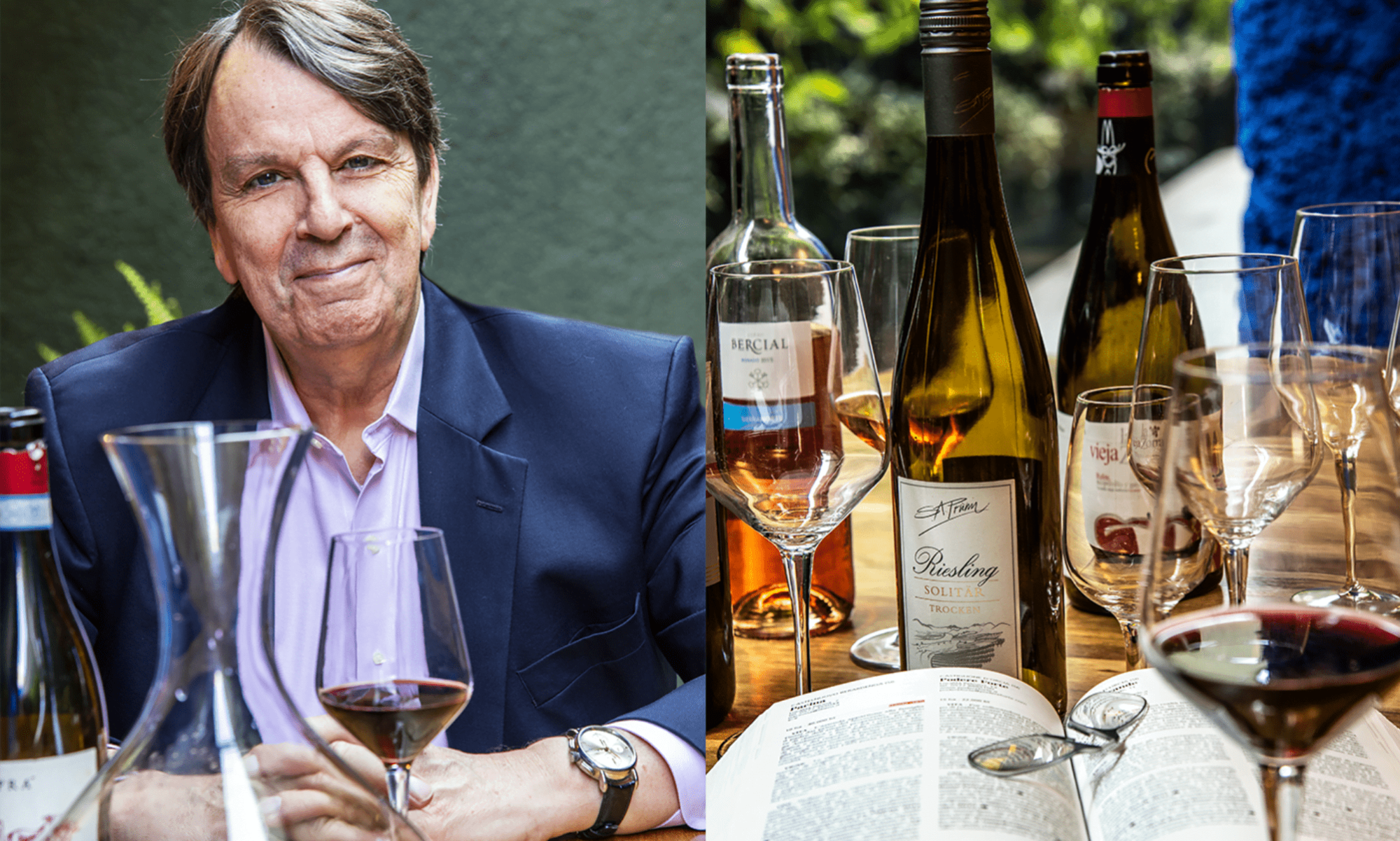The Gerstl Tasting – Fall 2022 took place in the wine shop in Sempach on Friday, Saturday and Sunday, 21 to 23 October. They showed 129 wines from different countries – a marvellous selection. Gerstl made the open tasting even more interesting with the presence of several wine makers. I was able to speak with Eric Mialhe of Clos Venturi, a wine maker of exceptional wines from Corsica. Cellar is their importer in Brazil. Furthermore, I met with Laetitia Barrot of Domaine la Barroche and tasted her Châteauneuf-du-Pape and Rhône wines. Animavinum imports their Liberty wine into Brazil
Gerstl had organised the Gerstl tasting – Fall 2022 in 12 different stands, that were divided by themes. Some stands were producer-specific, others gave a more general overview of the wines in a particular country (e.g. Spain). For certain countries, like France, Germany, Austria, Switzerland and Italy, there was also a specific selection of wines by the Gerstl team. As this was overwhelming, I decided to taste a total of 41 wines, white and red. They were from Switzerland, Italy, France, Austria, Germany and Portugal. All were good, very good or even excellent. I shall be writing my tasting notes over the next few days and they shall be published on this site.
Here is a short video of some impressions of the tasting: IMG_1157










